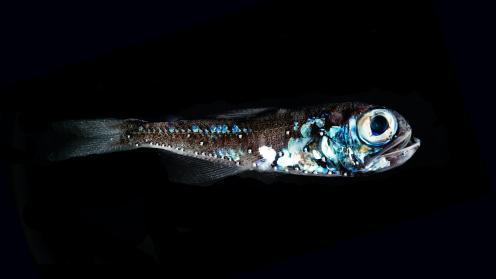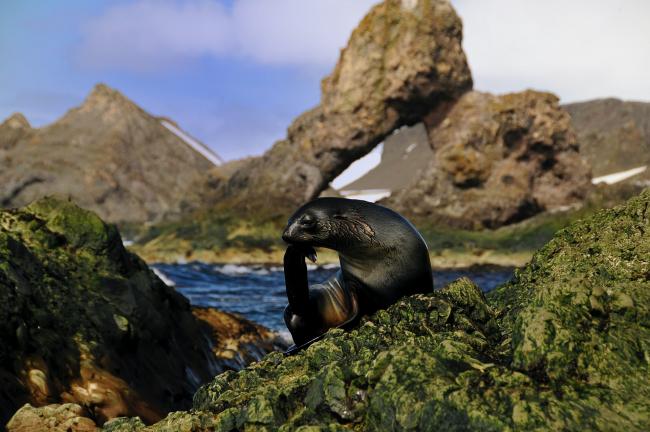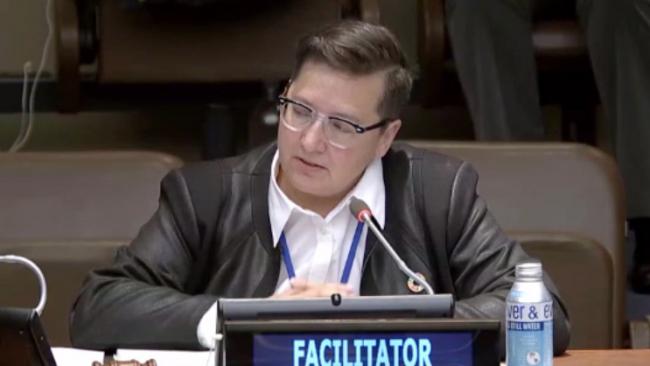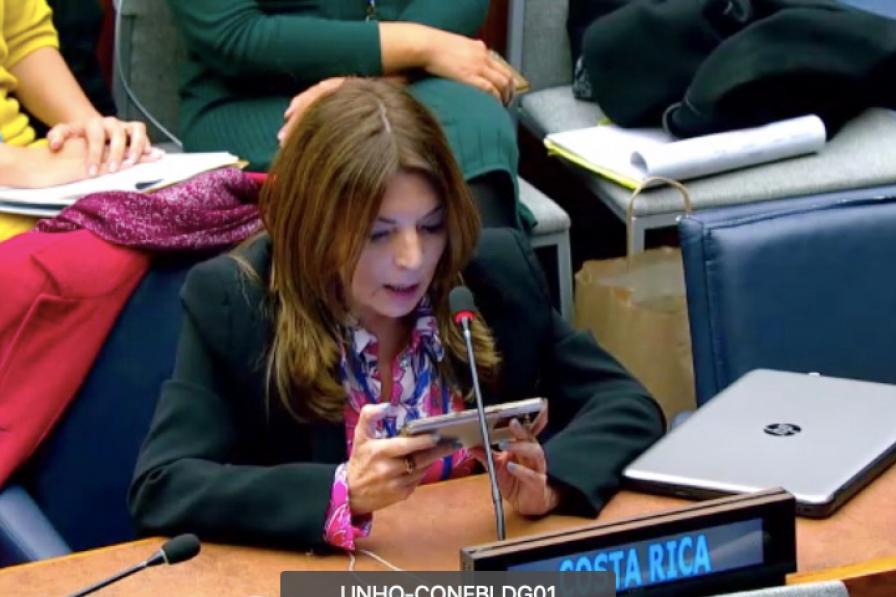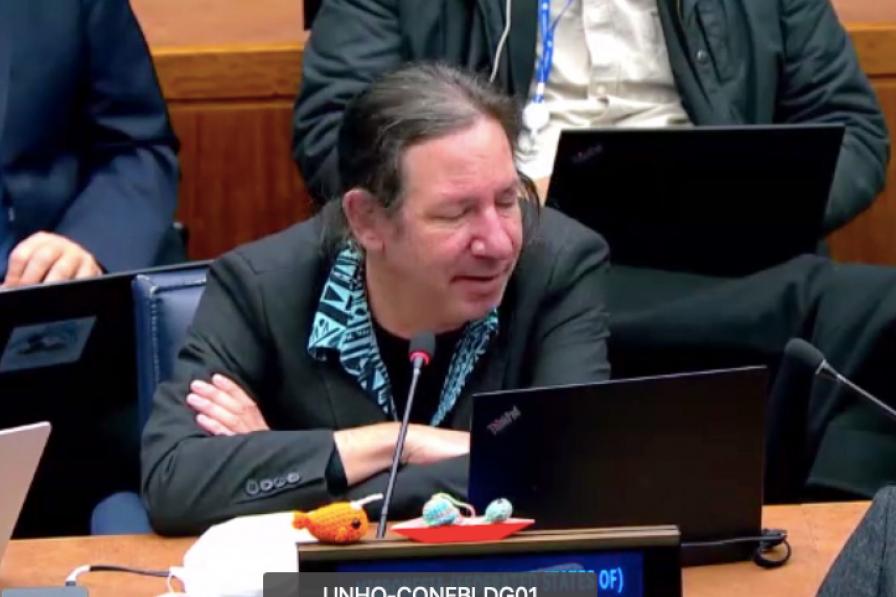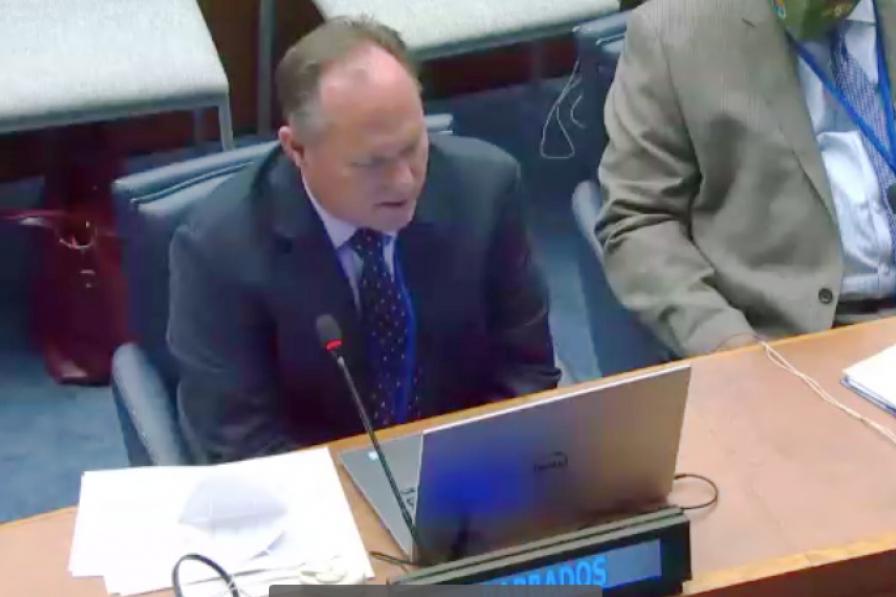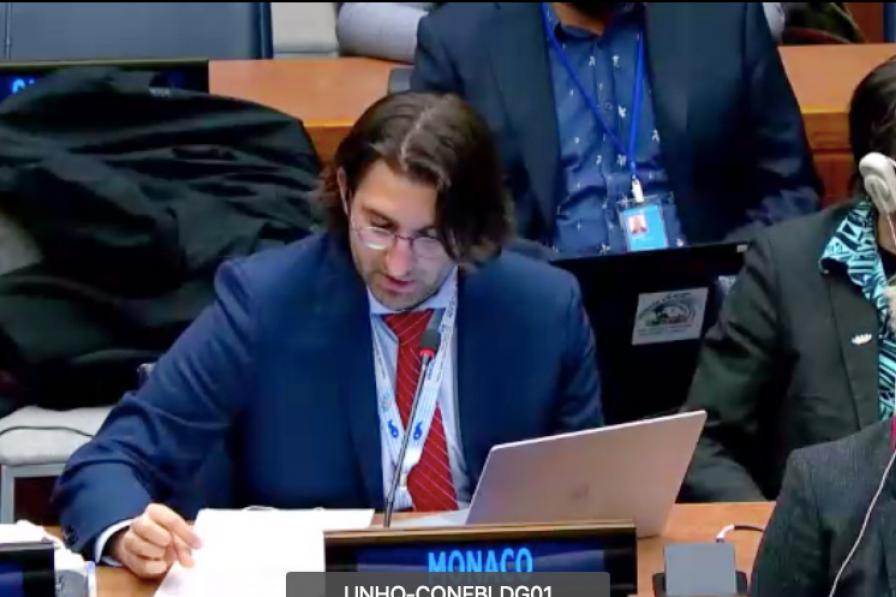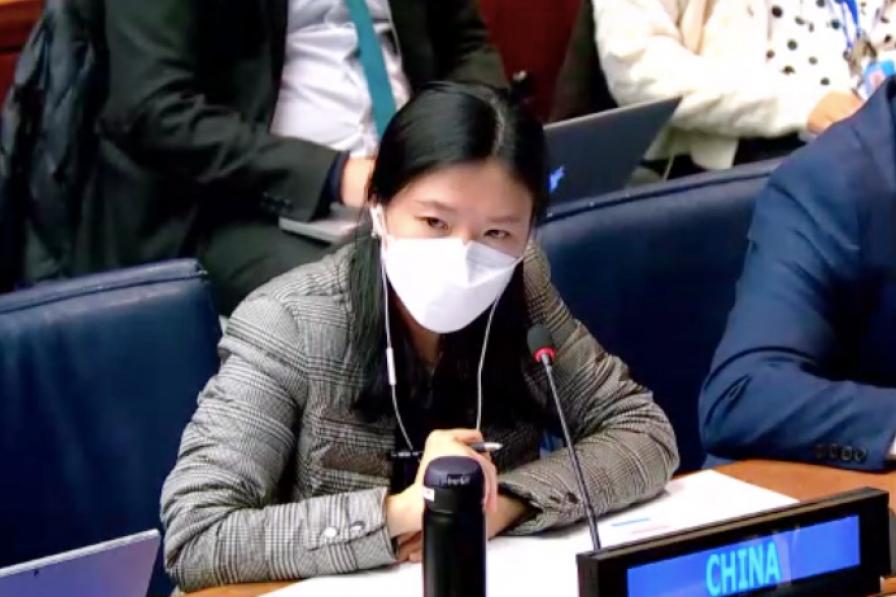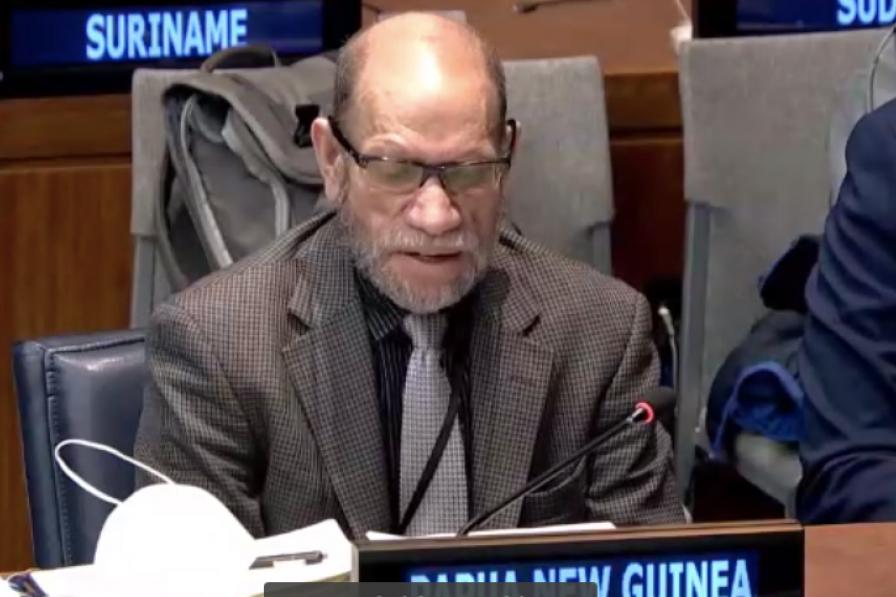On Friday, 11 March 2022, the fourth meeting of the intergovernmental conference (IGC-4) on an international legally binding instrument under the United Nations Convention on the Law of the Sea on the conservation and sustainable use of marine biological diversity of areas beyond national jurisdiction (BBNJ) entered its fifth day. Delegates continued discussing text related to area-based management tools (ABMTs), including marine protected areas, guided by Renée Sauvé (Canada). They held in-depth discussions on:
- international cooperation and coordination; and
- decision making, as it relates to AMBTs, including MPAs.
In their discussions all day Friday, the ever-troublesome phrase “not undermining” reared its not-so-pretty head with regards to the relationship between the new agreement and existing instruments. In this regard, and to strengthen the points they have been trying to get across over the last decade, a few states were represented directly by regional fisheries management organization (RFMO) speakers. Perhaps this direct, if unusual, engagement, and on behalf of states no less, may bear the fruit of greater understanding to bridge long-standing gaps.
Along the same lines, the relationship between the new agreement’s Conference of the Parties (COP) and the governing bodies of existing instruments was top of mind in the afternoon. While some supported the COP as being the decision-making body on the conservation and sustainable use of marine biodiversity in the high seas, others described the relationship as one of sibling agreement rather than parental instruction. But, Facilitator Sauvé joked, siblings have been known to bully each other as well. Resolving these matters at this stage is key to a strong, clear agreement. As one delegate offered, “it’s better to go through the pain now,” instead of pushing these difficult conversations into the future agreement.
At the end of the first week, it was clear that the intersessional work and numerous submissions made by states and observers as well as bilateral and small group talks on the margins of the meetings were paying off. Throughout the week, steps had been taken, but in what direction and at what pace? As delegates broke for the weekend, some were preparing for further bilaterals and small group consultations over the break to hammer out text essential for any agreement. Others were conscious of the negotiations on seabed mining beginning in Kingston, Jamaica, recalling the inextricable links between the two processes.
On Monday, the facilitators will offer summaries of the discussions as part of a stock-taking exercise to assess the pace and direction of negotiations in view of the time-bound nature of the process, according to resolution 72/249. As delegates tackle cross-cutting issues on Monday, they might wish to consider their pace if IGC- 4 is to conclude successfully.
To receive free coverage of global environmental events delivered to your inbox, subscribe to the ENB Update newsletter.
